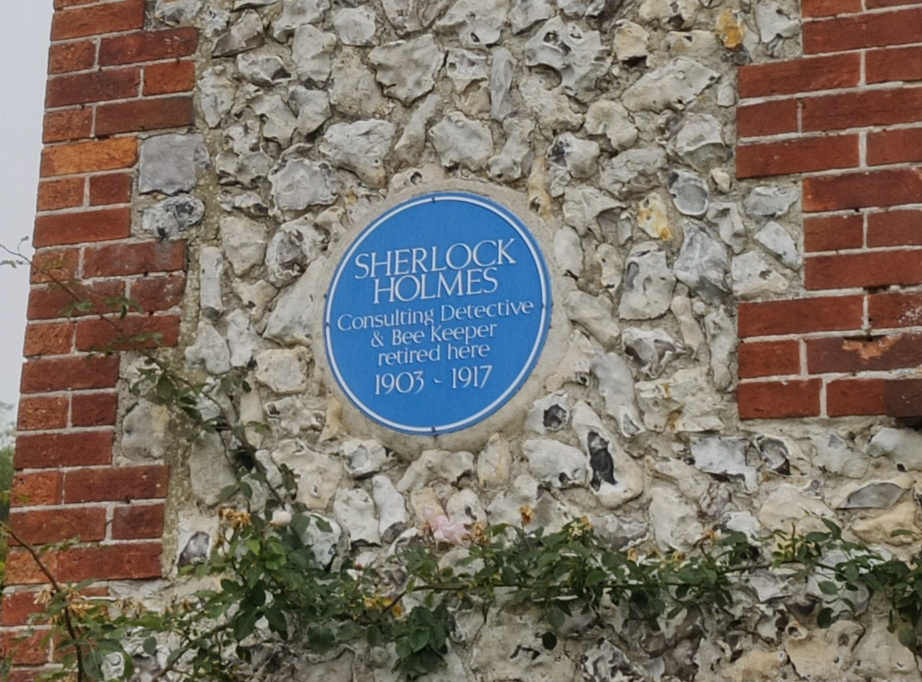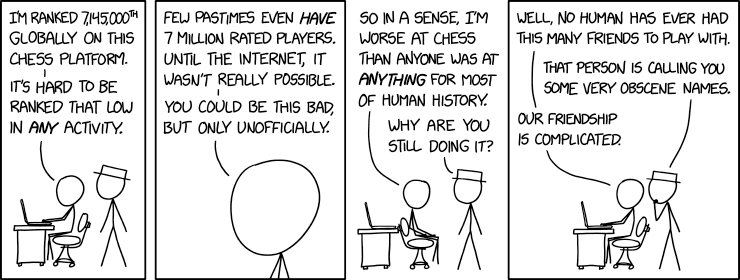Posted by Tyler Cowen
https://feeds.feedblitz.com/~/921096278/_/marginalrevolution~Big-Beautiful-Bill-critiques.html
https://marginalrevolution.com/?p=91013
So far I am not finding them very impressive.
To be clear, there are many things — big things — I do not like about the bill. I would sooner cut Medicare than Medicaid (that said, I do not find the idea of cutting health care spending outrageous per se). The corporate rate ends up being too low, given the budget situation. No taxes on tips and overtime is crazy and cannot last, given the potential to game the system, plus those are not efficient tax changes.
I strongly suspect that if I knew more of the bill’s details (e.g., what exactly is the treatment of nuclear power in the current version?), I would have more complaints yet. I do not wish to boost taxes on solar power. Veronique de Rugy criticizes the underlying CEA projections.
That all said, doing the budget is not easy, especially these days. Maybe I have read fifteen or so critiques of BBB, and have not yet seen one that outlines which spending cuts we should do. Yet comparative analysis is the essence of economics, or indeed of policy work more generally. In that sense they have not yet produced critiques at all, just complaints. Alternatively, the critics could outline all the tax hikes that would put the budget on a sustainable path, but I do not see them doing that either. Again, no comparative analysis.
If you don’t want to cut health care spending, what do you want to cut? I am willing to cut health care spending, preferring to start with richer and older people to the extent that is possible.
You can always spend more on health care and save more lives and prevent some suffering. But what is the limiting principle here? Simply getting angry about the fact that lower health care spending will have some bad outcomes is more a sign of a weak argument than a strong argument. Again, a strong argument needs comparative analysis and some recognition of what is the limiting principle on health care spending. I am not seeing that. I am seeing anger over lower health care spending, but no endorsements of higher health care spending. I guess we are supposed to be doing it just right, at least in terms of the level?
It is commonly noted that the depreciation provisions and corporate cuts will increase the deficit, but how many of the critics are noting they are also likely to increase gdp (but by enough to prove sustainable?)? I write this as someone who thinks the proposed Trump corporate tax rate is too low, but I am willing to recognize the trade-offs here.
Another major point concerns AI advances. A lot of the bill’s critics, which includes both Elon and many of the Democratic critics, think AI is going to be pretty powerful fairly soon. That in turn will increase output, and most likely government revenue. Somehow they completely forget about this point when complaining about the pending increase in debt and deficits. That is just wrong.
It is fine to make a sober assessment of the risk trade-offs here, and I would say that AI does make me somewhat less nervous about future debt and deficits, though I do not think we should assume it will just bail us out automatically. We might also overregulate AI. But at the margin, the prospect of AI should make us more optimistic about what debt levels can be sustained. No one is mentioning that.
It also would not hurt if critics could discuss why real and nominal interest rates still seem to be at pretty normal historical levels, albeit well above those of the ZIRP period.
Overall I am disappointed by the quality of these criticisms, even while I agree with many of their specific points.
The post Big Beautiful Bill critiques appeared first on Marginal REVOLUTION.

https://feeds.feedblitz.com/~/921096278/_/marginalrevolution~Big-Beautiful-Bill-critiques.html
https://marginalrevolution.com/?p=91013






























 Subscribe
Subscribe